Risk Assessment and Management Strategies for Odor Release During the Emergency Excavation of VOC-Contaminated Wastes
Abstract
1. Introduction
2. Materials and Methods
2.1. Sample Preparation and Analysis
2.2. Characterization of Pollutant Emissions
2.3. Characterization of Pollutant Transport and Dispersion
2.4. Characterization of Odor Concentration and Intensity
2.5. Uncertainty and Sensitivity Characterization
3. Results and Discussion
3.1. Volatile Organic Pollutant Characteristics of Solid Waste
3.2. Odor Exposure Risk and Its Evolution During Emergency Excavation
3.3. Analysis of the Odor’s Impact Area
3.4. The Influence of Meteorological Conditions on Odor Risk at the Exposure Points
4. Conclusions
Author Contributions
Funding
Institutional Review Board Statement
Informed Consent Statement
Data Availability Statement
Conflicts of Interest
References
- Zhang, C.; Huang, L.; Tu, H.; Wang, D.; Wu, X.; Zhu, X.; Zhao, Z.; Zhang, H. Research on Application of Big Data in the Screening of Environmental Illegal and Criminal Clues of Hazardous Waste. J. Ecol. Rural Environ. 2024, 40, 1557–1566. [Google Scholar] [CrossRef]
- Jia, H.; Gao, S.; Duan, Y.; Fu, Q.; Che, X.; Xu, H.; Wang, Z.; Cheng, J. Investigation of Health Risk Assessment and Odor Pollution of Volatile Organic Compounds from Industrial Activities in the Yangtze River Delta Region, China. Ecotoxicol. Environ. Saf. 2021, 208, 111474. [Google Scholar] [CrossRef] [PubMed]
- Yan, Y.; Xue, N.; Zhou, L.; Cong, X.; Li, F.; Yang, B.; Liu, B. Distribution Characteristics of HCHs and DDTs during Excavation of a Contaminated Site. J. Environ. Eng. Technol. 2014, 27, 7–14. [Google Scholar]
- Zhang, M.; Pan, L.; Wang, Z.; Guo, M.; Wu, X. Analysis of the Limits of Air Pollutants at Enterprise Boundary Based on Ambient Multimedia Environmental Goals Estimation. J. Environ. Eng. Technol. 2023, 13, 1941–1947. [Google Scholar]
- HJ 25.3-2019; Technical Guidelines for Risk Assessment of Soil Contamination of Land for Construction. China Environmental Science Press: Beijing, China, 2019.
- Su, Y.; Cheng, W.; Li, Y.; Sun, Y.; Wang, X.; Hou, H.; Wang, J. Study on Acceptable Levels of Volatile Organic Compounds in Air and Soil Gas in Contaminated Sites Based on Guideline Model. Environ. Prot. Sci. 2023, 49, 121–129. [Google Scholar] [CrossRef]
- Li, R.; Yuan, J.; Li, X.; Zhao, S.; Lu, W.; Wang, H.; Zhao, Y. Health Risk Assessment of Volatile Organic Compounds (VOCs) Emitted from Landfill Working Surface via Dispersion Simulation Enhanced by Probability Analysis. Environ. Pollut. 2023, 316, 120535. [Google Scholar] [CrossRef] [PubMed]
- Seo, J.H.; Kim, P.-G.; Choi, Y.-H.; Shin, W.; Sochichiu, S.; Khoshakhlagh, A.H.; Kwon, J.-H. Evaluation of Personal Exposure to Volatile Organic Chemicals (VOCs) in Small-Scale Dry-Cleaning Facilities Using Passive Sampling. Atmos. Environ. 2025, 353, 121235. [Google Scholar] [CrossRef]
- Gallego, E.; Perales, J.F.; Aguasca, N.; Domínguez, R. Determination of Emission Factors from a Landfill through an Inverse Methodology: Experimental Determination of Ambient Air Concentrations and Use of Numerical Modelling. Environ. Pollut. 2024, 351, 124047. [Google Scholar] [CrossRef] [PubMed]
- HJ 298-2019; Technical Specifications on Identification for Hazardous Waste. China Environmental Science Press: Beijing, China, 2019.
- HJ 605-2011; Soil and Sediment-Determination of Volatile Organic Compounds—Purge and Trap Gas Chromatography/Mass Spectrometry Method. China Environmental Science Press: Beijing, China, 2011.
- Ge, M.; Zheng, Y.; Zhu, Y.; Ge, J.; Zhang, Q. Effects of Air Exchange Rate on VOCs and Odor Emission from PVC Veneered Plywood Used in Indoor Built Environment. Coatings 2023, 13, 1608. [Google Scholar] [CrossRef]
- Zhang, K.; Chang, S.; Fu, Q.; Sun, X.; Fan, Y.; Zhang, M.; Tu, X.; Qadeer, A. Occurrence and Risk Assessment of Volatile Organic Compounds in Multiple Drinking Water Sources in the Yangtze River Delta Region, China. Ecotoxicol. Environ. Saf. 2021, 225, 112741. [Google Scholar] [CrossRef] [PubMed]
- Snoun, H.; Krichen, M.; Chérif, H. A Comprehensive Review of Gaussian Atmospheric Dispersion Models: Current Usage and Future Perspectives. Euro-Mediterr. J. Environ. Integr. 2023, 8, 219–242. [Google Scholar] [CrossRef]
- Khan, S.; Hassan, Q. Review of Developments in Air Quality Modelling and Air Quality Dispersion Models. J. Environ. Eng. Sci. 2021, 16, 1–10. [Google Scholar] [CrossRef]
- GB/T 3840-1991; Technical Methods for Making Local Emission Standards of Air Pollutants. China Environmental Science Press: Beijing, China, 1991.
- Ma, L.; Zhao, R.; Li, J.; Yang, Q.; Liu, Y. Release Characteristics and Risk Assessment of Volatile Sulfur Compounds in a Municipal Wastewater Treatment Plant with Odor Collection Device. J. Environ. Manag. 2024, 354, 120321. [Google Scholar] [CrossRef] [PubMed]
- Pei, Y.; Liu, N.; Liu, S.; Guan, H.; Guo, Z.; Li, Q.; Han, W.; Cai, H. Investigation of Odor Emissions from Coating Products: Key Factors and Key Odorants. Front. Environ. Sci. 2022, 10, 1039842. [Google Scholar] [CrossRef]
- GB 14554-1993; Emission Standards for Odor Pollutants. China Environmental Science Press: Beijing, China, 1993.
- Zhou, Y.; Vitko, T.G.; Suffet, I.H. A New Method for Evaluating Nuisance of Odorants by Chemical and Sensory Analyses and the Assessing of Masked Odors by Olfactometry. Sci. Total Environ. 2023, 862, 160905. [Google Scholar] [CrossRef] [PubMed]
- Yin, Z.; Bader, T.; Lee, L.F.; McDaniels, R.; Suffet, I.H. Training a Regulatory Team to Use the Odor Profile Method for Evaluation of Atmospheric Malodors. Atmosphere 2025, 16, 362. [Google Scholar] [CrossRef]
- Fang, W.; Huang, Y.; Ding, Y.; Qi, G.; Liu, Y.; Bi, J. Health Risks of Odorous Compounds during the Whole Process of Municipal Solid Waste Collection and Treatment in China. Environ. Int. 2022, 158, 106951. [Google Scholar] [CrossRef] [PubMed]
- GB 36600-2018; Soil Environmental Quality Risk Control Standard for Soil Contamination of Development Land. China Environmental Science Press: Beijing, China, 2018.
- Jia, J.; Zhang, B.; Zhang, S.; Zhang, F.; Ming, H.; Yu, T.; Yang, Q.; Zhang, D. Appropriate Control Measure Design by Rapidly Identifying Risk Areas of Volatile Organic Compounds during the Remediation Excavation at an Organic Contaminated Site. Environ. Geochem. Health 2024, 46, 136. [Google Scholar] [CrossRef] [PubMed]
- Wei, G.; Yang, X. Effect of Temperature on VOC Emissions and Odor from Vehicle Carpet. Build. Environ. 2023, 246, 110993. [Google Scholar] [CrossRef]
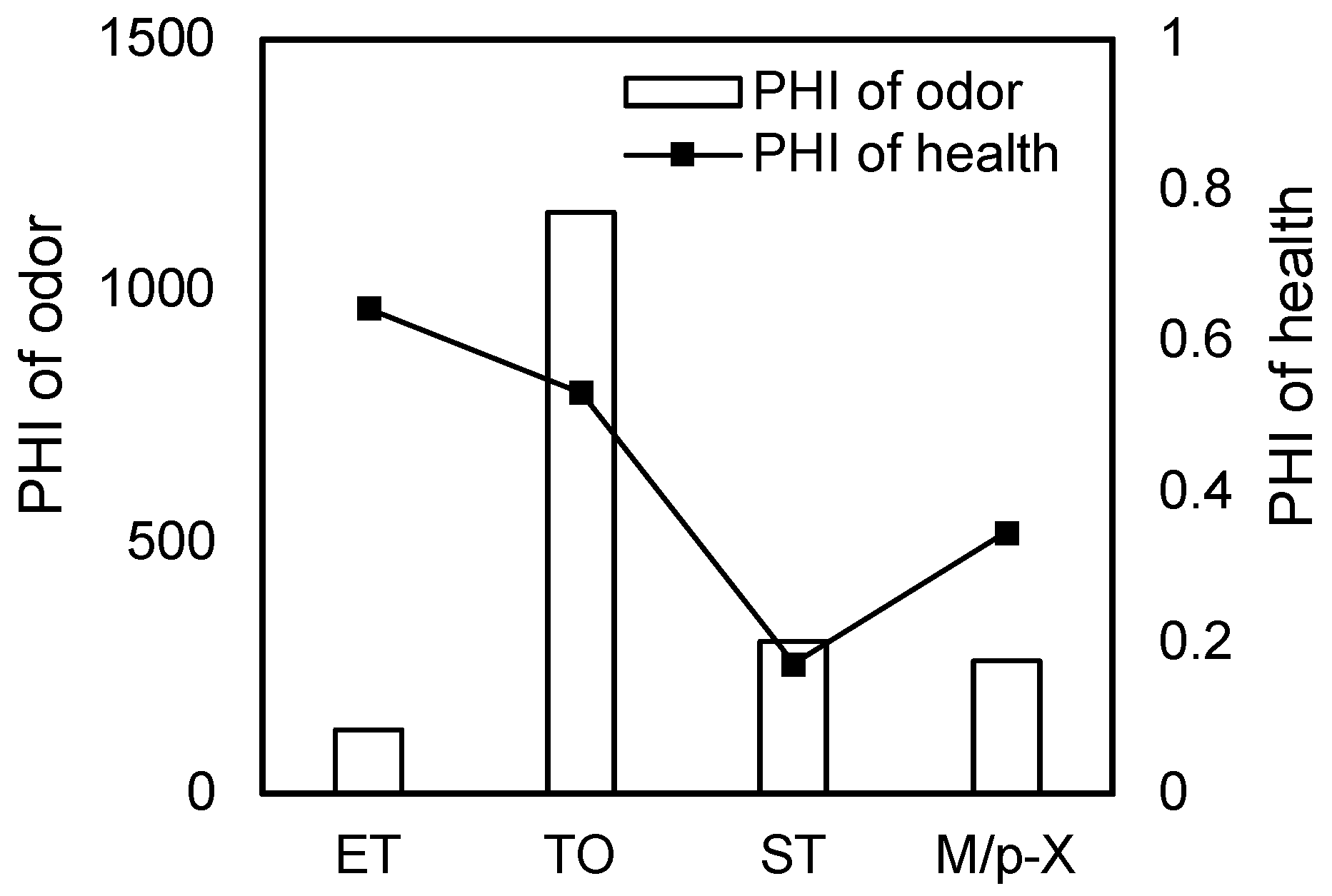
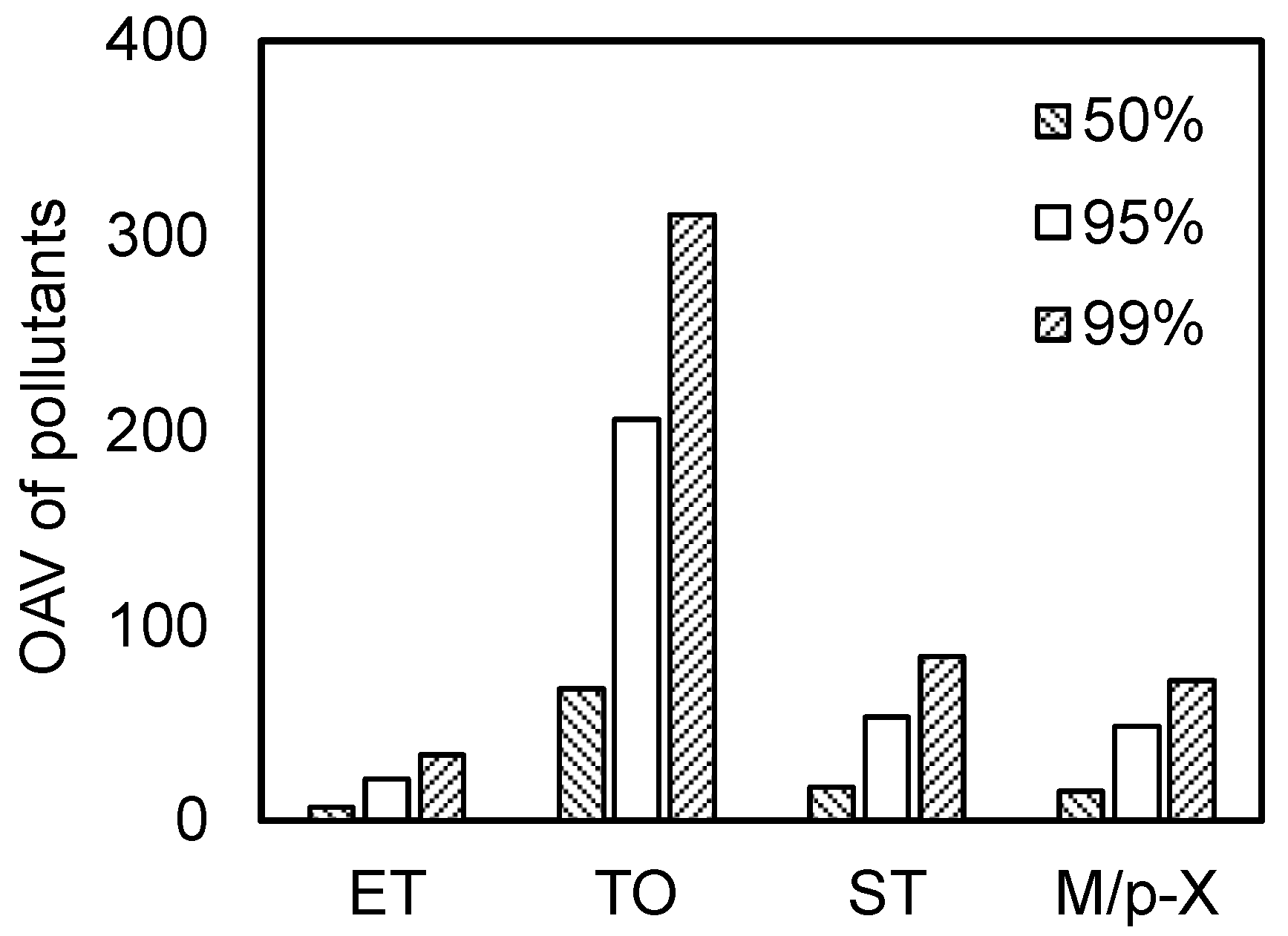
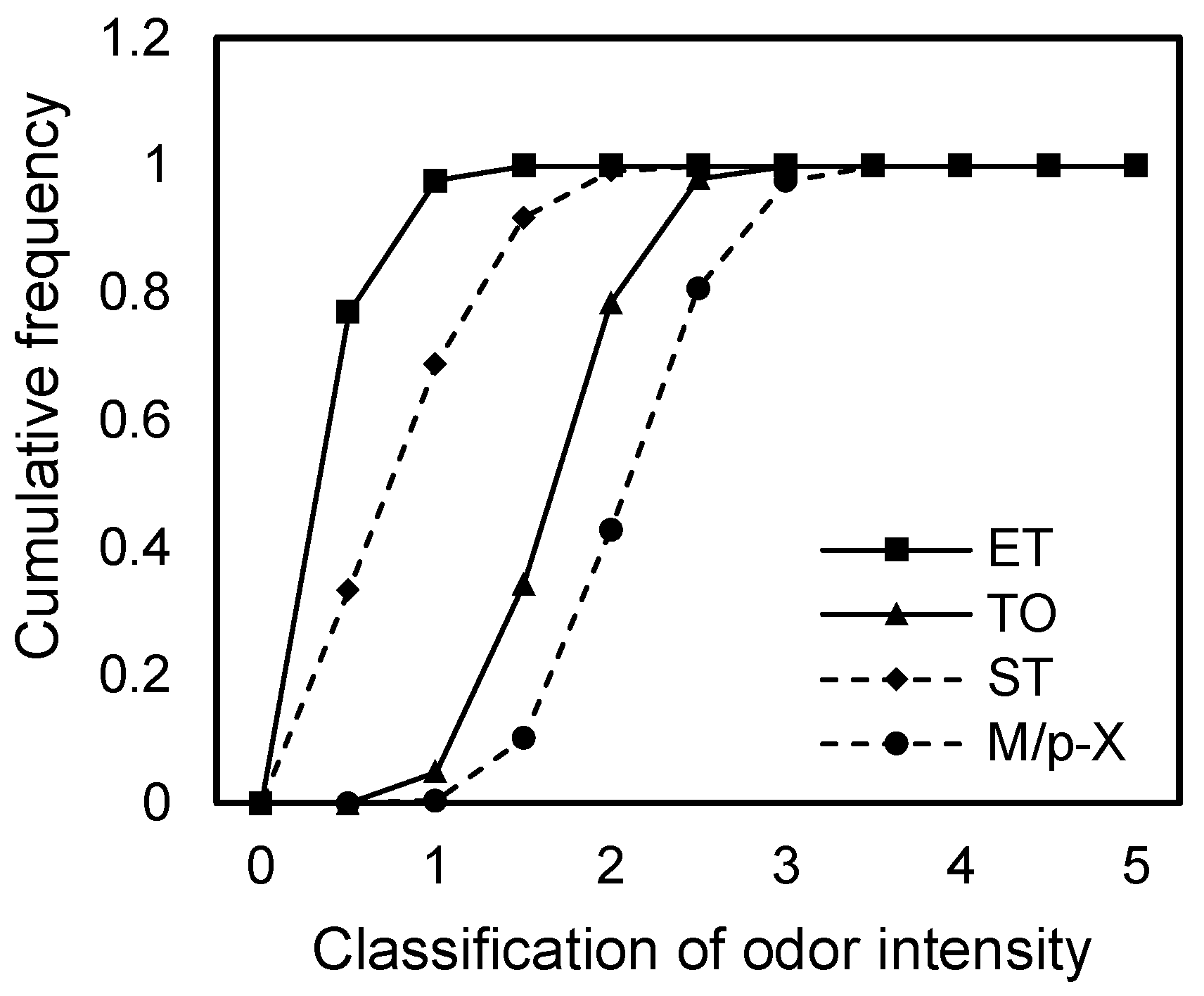
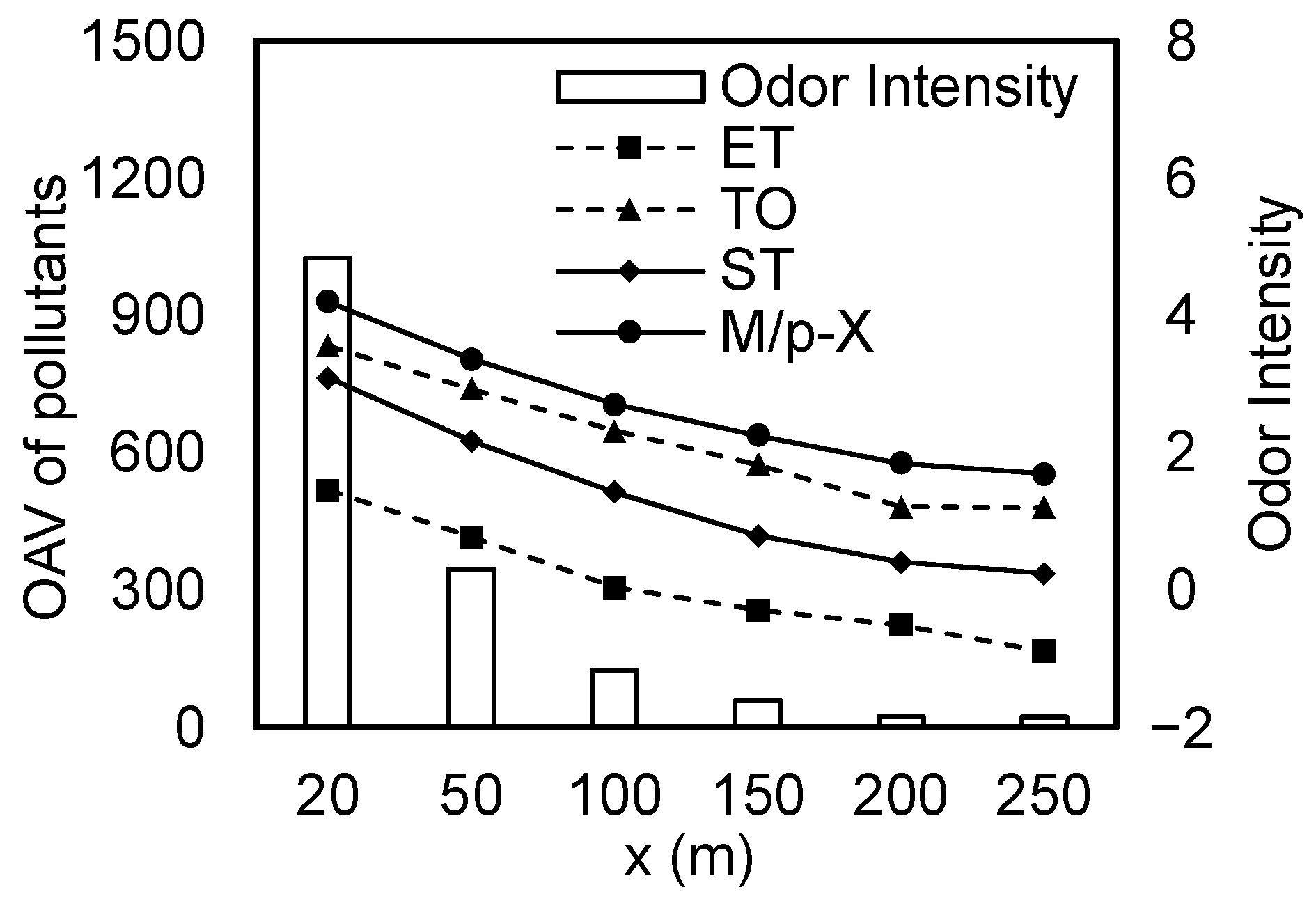
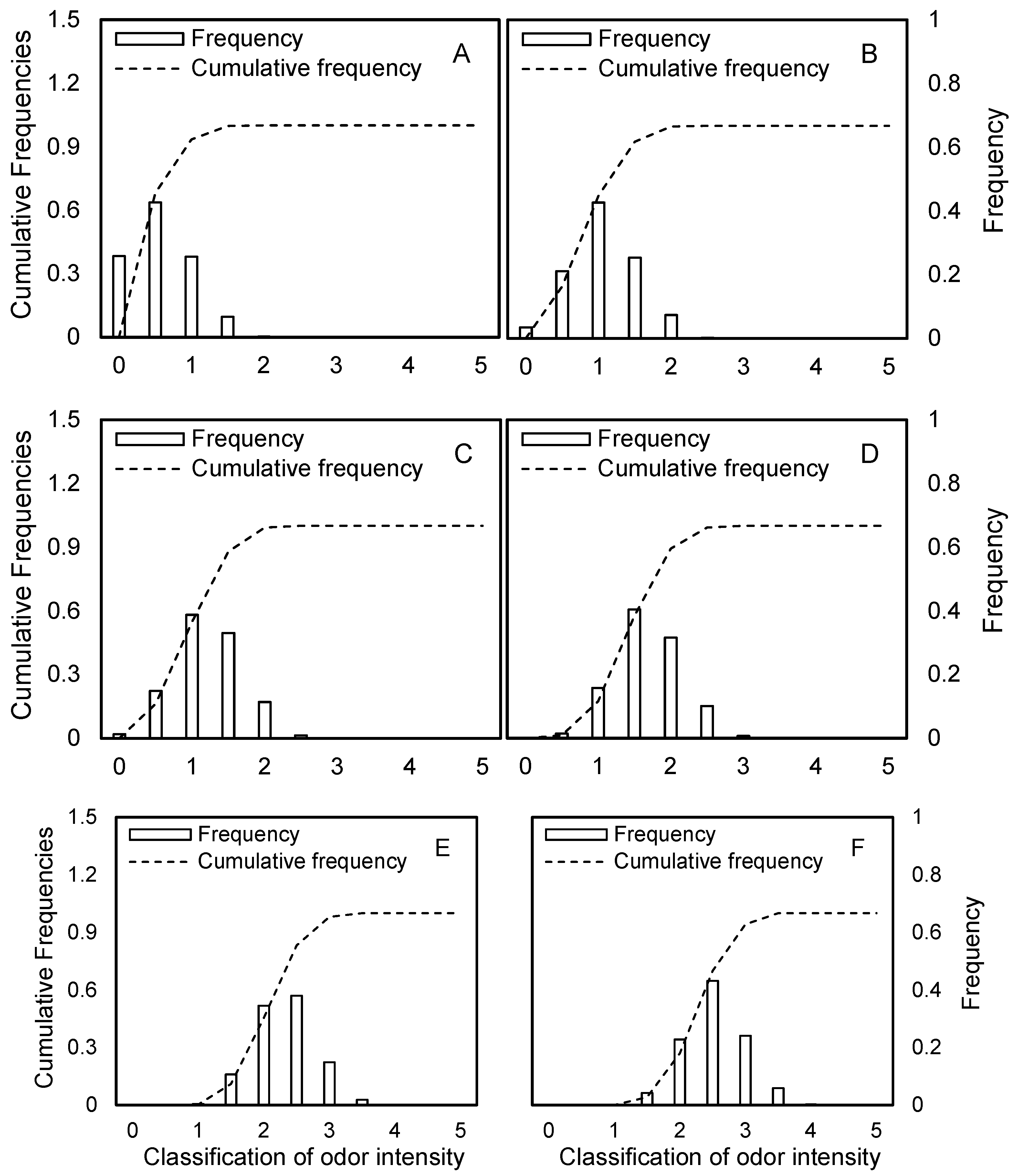
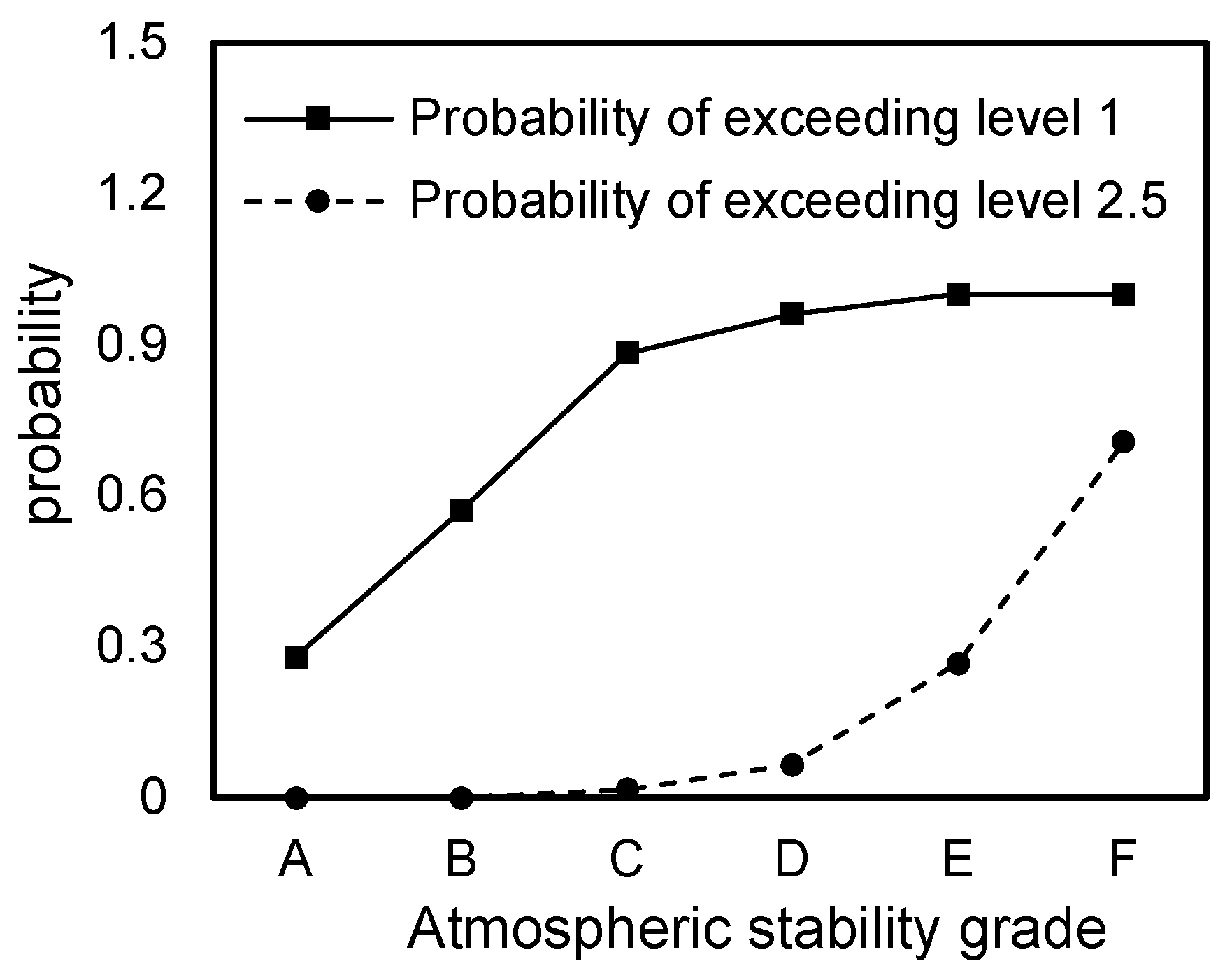
Disclaimer/Publisher’s Note: The statements, opinions and data contained in all publications are solely those of the individual author(s) and contributor(s) and not of MDPI and/or the editor(s). MDPI and/or the editor(s) disclaim responsibility for any injury to people or property resulting from any ideas, methods, instructions or products referred to in the content. |
© 2025 by the authors. Licensee MDPI, Basel, Switzerland. This article is an open access article distributed under the terms and conditions of the Creative Commons Attribution (CC BY) license (https://creativecommons.org/licenses/by/4.0/).
Share and Cite
Xu, X.; Zhang, J.; Wang, Y.; Tu, H.; Lv, Y.; Zhao, Z.; Zhang, D.; Yu, Q. Risk Assessment and Management Strategies for Odor Release During the Emergency Excavation of VOC-Contaminated Wastes. Toxics 2025, 13, 457. https://doi.org/10.3390/toxics13060457
Xu X, Zhang J, Wang Y, Tu H, Lv Y, Zhao Z, Zhang D, Yu Q. Risk Assessment and Management Strategies for Odor Release During the Emergency Excavation of VOC-Contaminated Wastes. Toxics. 2025; 13(6):457. https://doi.org/10.3390/toxics13060457
Chicago/Turabian StyleXu, Xiaowei, Jun Zhang, Yi Wang, Haifeng Tu, Yang Lv, Zehua Zhao, Dapeng Zhang, and Qi Yu. 2025. "Risk Assessment and Management Strategies for Odor Release During the Emergency Excavation of VOC-Contaminated Wastes" Toxics 13, no. 6: 457. https://doi.org/10.3390/toxics13060457
APA StyleXu, X., Zhang, J., Wang, Y., Tu, H., Lv, Y., Zhao, Z., Zhang, D., & Yu, Q. (2025). Risk Assessment and Management Strategies for Odor Release During the Emergency Excavation of VOC-Contaminated Wastes. Toxics, 13(6), 457. https://doi.org/10.3390/toxics13060457





